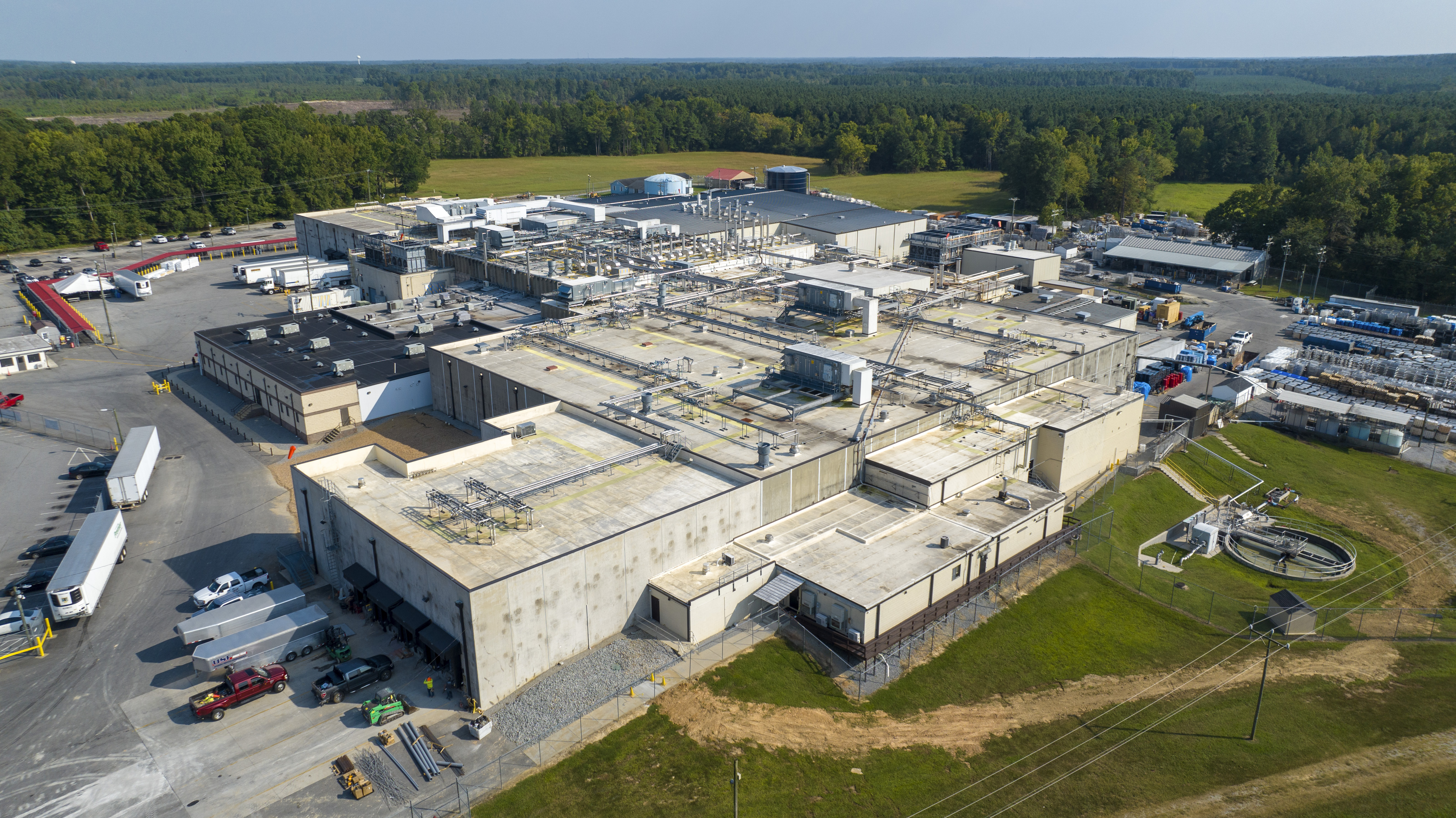HACKBERRY, La. (AP) — Bradley Beard calls Hurricane Laura his third strike.
In 2005, Rita pushed a foot of floodwaters into his white, wooden home in Hackberry, Louisiana, a tiny Cameron Parish community 15 miles (24 kilometers) from the Gulf of Mexico.
Next came Ike in 2008, which pushed water up to the floor of the long mobile home where his daughter and two granddaughters live on the same property.
Laura outstripped them both. It tore his house entirely off its foundation and dropped it a few feet away. The trailer where his daughter, Nicole, lives with her two daughters was torn apart, the walls demolished to reveal a mix of clothes, belongings, and wooden planks. About the only things still in their place were a canoe and a garbage can, tied to a steel grill buried in the ground.
A retired welder who worked at many of the refineries that dot the Louisiana coast, the 62-year-old Beard climbed through the debris, laboring with two artificial knees. After several minutes working to turn off the property’s water lines, he sat on a fallen log and wiped the sweat from his brow.
“I got no other place,” he said. “This is all I got.”
Across Cameron Parish, the coastal parish where Hurricane Laura crashed ashore early Thursday, residents dug through what was left of their belongings, covered now-stripped roofs with tarps, and took stock of the damage.
The Category 4 storm packed 150-mph (240-kph) winds and a storm surge that Louisiana Gov. John Bel Edwards said was as high as 15 feet (4.5 meters). Louisiana officials reported two additional deaths on Sunday, bringing the total number of deaths attributed to the storm in Louisiana and Texas to 18; more than half of those were killed by carbon monoxide poisoning.
The deaths reported Sunday include a 57-year-old man in Calcasieu Parish who suffered a head injury after falling from a roof, the Louisiana Department of Health said. Another Calcasieu Parish resident died from carbon monoxide poisoning.
As of Sunday morning, roughly 460,000 customers were still without power, according to the Edison Electric Institute, the association of investor-owned electric companies in the U.S.
President Donald Trump visited Louisiana and Texas on Saturday to show his support and assess the damage.
Edwards called Laura the most powerful hurricane to strike Louisiana, a shocking assessment in a state where Hurricane Katrina made landfall on Aug. 29, 2005. Out in western Louisiana it is the storm that came ashore a month after Katrina — Hurricane Rita — that evokes strong memories.
The damage wrought by Laura reminded many residents of Rita, which made landfall in the parish and wiped out many communities entirely, leading to one of the largest evacuations in American history.
Nicole Beard had her second daughter by cesarean section two weeks before Rita hit.
“I evacuated for Rita with a newborn baby and stitches in my stomach,” she said.
Many people never returned to Cameron Parish, whose population fell 30% in the 2010 census, the first taken after the storm. The Beards’ next-door neighbors left for good. But the Beards stayed.
Most people in Cameron Parish said they got out ahead of Laura, a storm that forecasters warned was “unsurvivable.”
Roberta Holmes, 67, was one of the very few who decided to ride out the hurricane on Gulf Breeze Beach, on the Cameron Parish shoreline. Standing on her deck overlooking the Gulf of Mexico on Saturday, Holmes described sitting in a red leather recliner next to a window facing the water. She was confident that the home rebuilt after Rita was strong enough to withstand this storm.
Her home ended up suffering just minor damage, though the storm did uproot two palm trees she planted in front — which she christened “Rita” and “Ike.”
“I knew what it would take to survive,” she said.
Now that the floodwaters have receded, Highway 27 leading from Lake Charles into Hackberry and the other small towns closer to the Gulf was a bustle of activity as utility workers and people pulling trailers or boats drove back and forth. The shelves were largely bare at Brown’s Grocery Store, across the street from the Beards’ property, and there’s been no electricity to pump the gas.
Not far away is a sprawling liquefied natural gas facility that Trump visited in 2019.
The Beards weren’t sure yet how they would rebuild. Bradley Beard lives on Social Security, and Nicole Beard works at a local alligator farm that ships hides internationally.
She has applied for federal aid and is hopeful that volunteers and faith groups that ordinarily respond to disasters will be able to help them clear the wreckage.
For now, they are sifting through their jumbled belongings for whatever can be salvaged, leaving food for their cat who has so far refused to come out from under the rubble. Nicole’s daughters filled a garbage bag each with clothes. She found her high school graduation tassel inside the trailer, her class year of 1999 shining in gold against the blue thread.
Her daughters insist that they stay in Cameron Parish. But she said: “I don’t know how many times you can restart from scratch.”












































































































